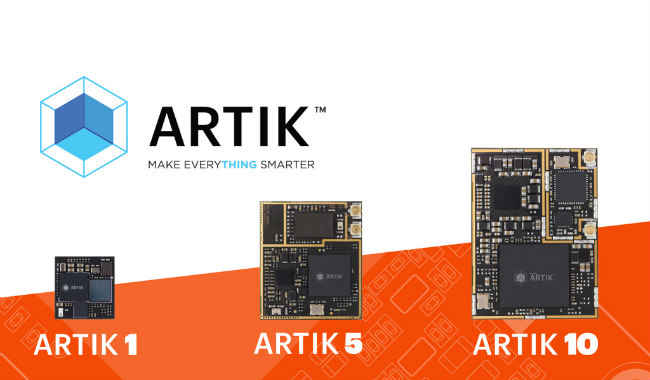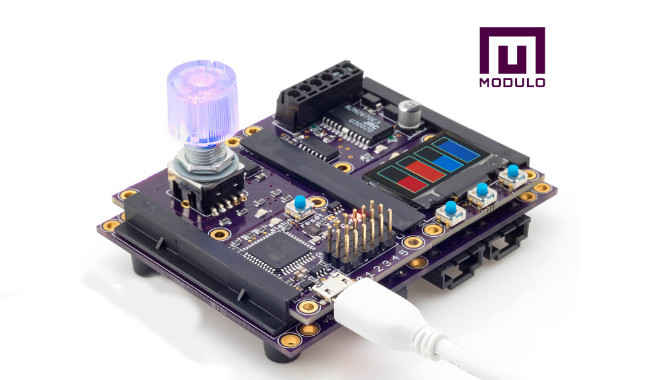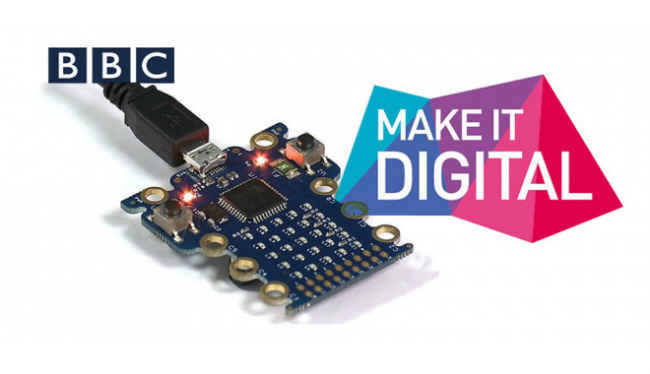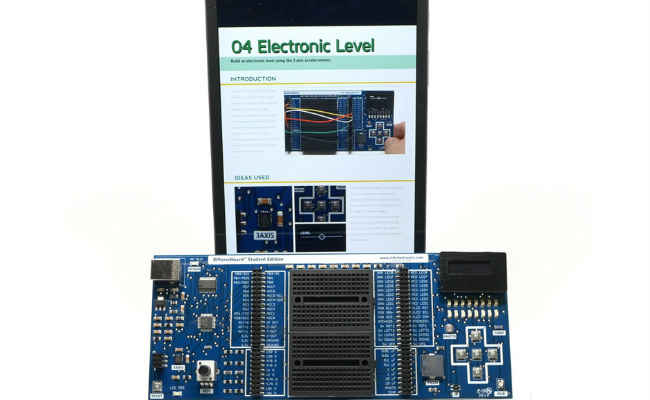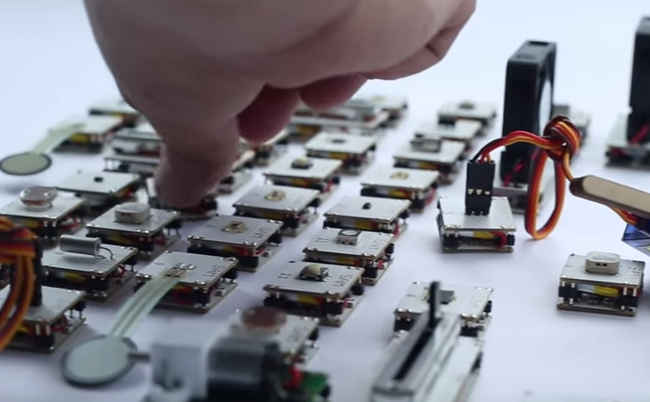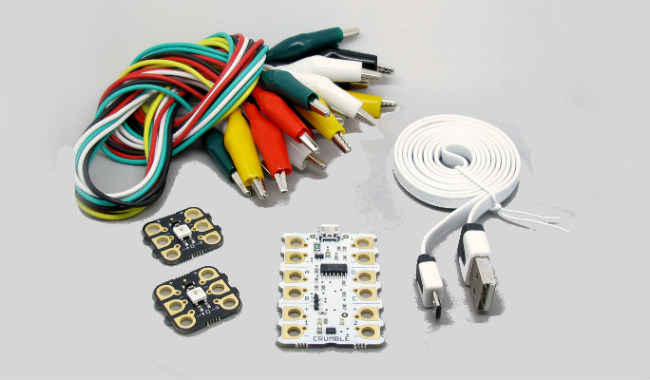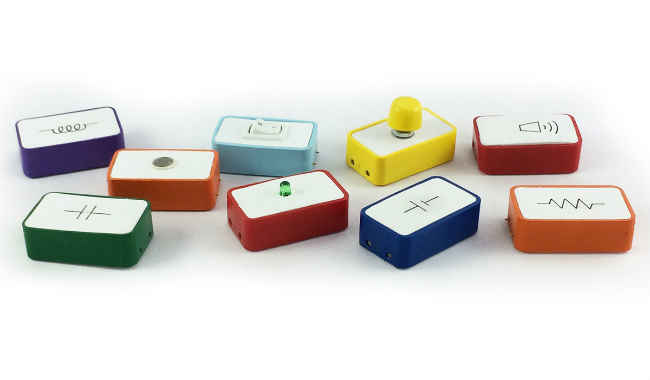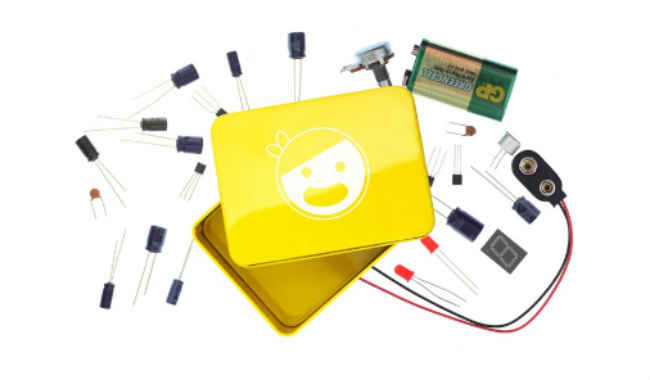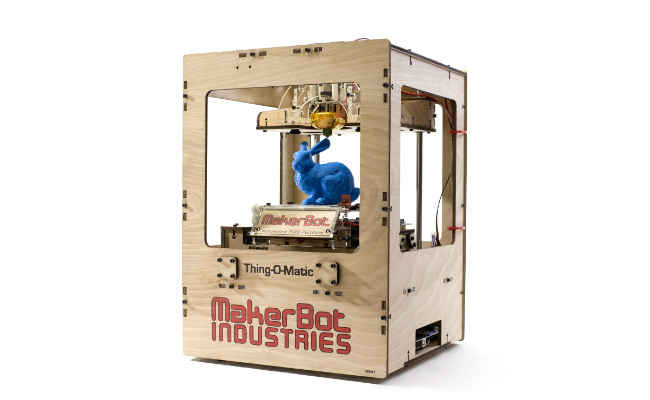8 emerging maker devices that deserve your attention
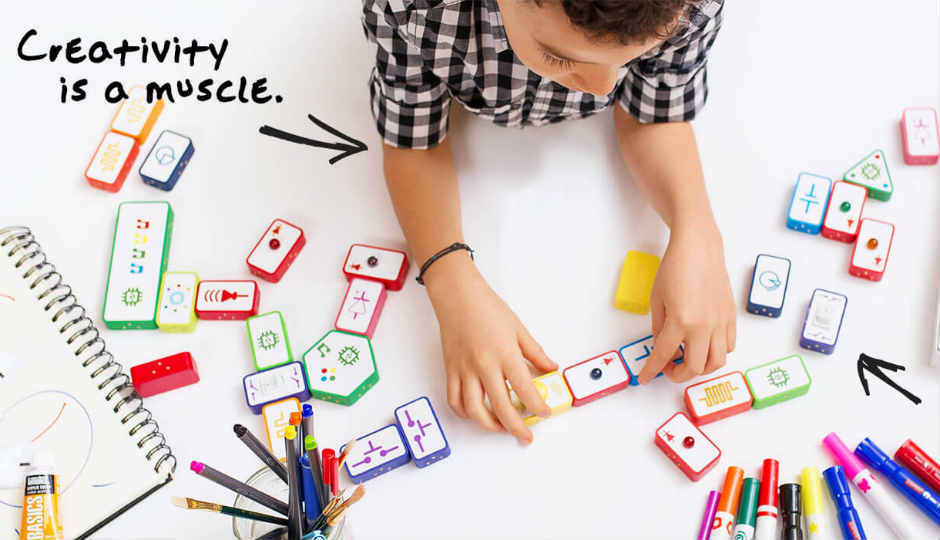
Maker tech is exploding all around you. The next generation of Teslas and Wozniaks are being created as we speak.
You see it melting. Your shaky hands bringing it closer to the sweet spot. Slowly you touch it. You feel the rush through your body. Ecstasy. Pure bliss. Just like heroin through an addict’s vein, electrons flow through the wires in the soldering gun in your hand. And BAM, the last wire in your DIY home automation project that you have been working on for the past three months is soldered in place.
Making something on your own, using your hands, soldering wires in places is an experience like no other that leaves you craving for more. And it was never as easy as it is today. All thanks to the rise in the maker tech available in the market. It’s not just the hardcore geeks and engineers who are tinkering with electronics and creating amazing things. The lines that divide the geekdom from the less tech-savvy population are blurring. The number of hobbyists, students and people in general who are tinkering and making stuff is on the rise.
The DIY culture has become very popular with maker tech becoming simpler and easy to use. It all began in a bar near Interaction Design Institute Ivrea in Italy, named Arduino. If you are still wondering which famous maker tech was conceived in a bar called Arduino, then the answer is Arduino. The cheap open source microcontroller ushered the entry of DIY culture into the mainstream. Raspberry Pi was another trendsetter, which is basically a credit card sized computer. Even though these devices have contributed significantly to the rise of maker tech, they still require a certain level of technical know-how.
There are a number of DIY electronics kits in the market currently that are not only easy to learn and use but also powerful enough for complicated projects. These kits act as “gateway drugs”; slowly sucking you into the highly addictive but mostly harmless world of DIY electronics. Here’s a list of eight emerging maker devices that deserve your attention.
ARTIK – Unlike other examples on this list, which are either startups or Kickstarter projects, ARTIK is a platform launched by the South Korean electronics giant Samsung. It consists of three different sized circuit boards named ARTIK 1, ARTIK 5 and ARTIK 10, along with development tools and API. With prices ranging from $10 to $100, each of the three modules possess varying capabilities and cater to audiences of differing technical proficiency.
At only 12mm by 12mm in size, the smallest and cheapest ARTIK 1 comes equipped with a 9-axis motion sensor, gyroscope, accelerometer and magnetometer. It has enough juice to power hand held devices for weeks with a single charge. The bigger and faster ARTIK 5 includes two ARM A7 CPU cores running at a clock speed of 1GHz, 512MB of RAM paired with a Mali 400 MP2 GPU. These specs are good enough for it to run 720p videos at 30fps. ARTIK 10 comes with specs comparable to a high-end smartphone. Meant as an Internet of Things platform, the ARTIK 1 is powered by a new and real time OS called Nucleus. The SDK supports C/C++ development while its elder siblings run on custom Linux distribution featuring added support for development in Java and Groovy. Don’t get your hopes too high because currently the device is only available to Samsung’s partners and a select few developers. It will be a while before it hits retail.
Modulo – The ‘Lego’ amongst the maker tech listed here, Modulo aims to bridge the gap between the not-so-powerful educational electronic kits in the market and advanced maker tech. Just like Lego blocks, there are different interconnected modules, each with its own microcontroller, without the need of any breadboard or soldering. Started off as a Kickstarter project, the Northern California based startup has already raised around $50,000, five times its original target of $10,000, and is aptly described as “a simple, modular solution for building powerful electronic devices”.
The device is not only Arduino compatible, thereby letting you expand Modulo’s capabilities, but it also comes with a number of modules. The company is initially offering a colour OLED display, push-button illuminated knob, motor driver, thumb joystick and a temperature probe, with more modules promised to come. All modules can be connected to your computer through USB and can be reprogrammed using the Arduino IDE. The device, expected to be ready for shipping by November can be used to create a number of DIY projects ranging from a simple automatic light switch to more complicated ones by pairing it with Arduino or Raspberry Pi.
BBC Micro Bit – The Micro Bit by BBC is aimed primarily at school students and aims to get them hooked on to programming and electronics. Developed with support from a number of tech giants including Samsung, Microsoft and ARM Holdings, Micro Bit is basically an embedded software platform which will be fully compatible with Raspberry Pi. The light-weight device will sport a 5×5 LED display, motion detection, built-in compass, Bluetooth capabilities and can be attached to clothing too. The device features five input output rings that can be connected to a number of sensors and devices using crocodile clips.
It supports software development in a variety of languages including Python, C++ and Blockly. It presents kids with two options: either use a GUI code editor called the Microsoft Block editor, or the web-based TouchDevelop platform. Micro Bit is supposed to be an ‘initiation device’ of sorts that can be paired with all the other big players in the game like Arduino, Kano and Raspberry Pi. Still in the prototype phase, BBC plans to deliver it to a million school children in the UK by late October of this year.
XPlorerBoard – Another Kickstarter project, the XPlorerBoard aims to help students learn electronics quickly by doing things instead of just reading up about them. The Kickstarter campaign reads “for ages 8 to 80” and has crossed its target of $10,000 on the crowdfunding website. XplorerBoard is supposed to be a ‘Self-contained Arduino development environment’, which comes with all necessary sensors. The device’s official app comes with 50 experiments that feature detailed videos explaining each and every step alongside the required Arduino programming code.
SAM – Another Lego-essque device, the SAM is a complete electronics kit that consists of a number of wireless-connection capable modules. Developed by a 23 year old mechanical engineer named Joachim Horn, SAM doesn’t require prior coding knowledge. But this doesn’t mean that SAM is solely aimed at curious kids. The modules can be effectively used to create a number of IoT devices.
SAM modules can be programmed using the companion app which lets you intuitively drag and drop software modules, which automatically generate the relevant code making it easier for kids. But having a drag and drop programming environment doesn’t mean that SAM is just another electronic kit for kids to play with. It can be used to build a number of complicated projects including autonomous cars, talking glasses and much more. SAM kits come in all sizes, starting with the basic kit that will cost you around $70 and include three wireless modules. The family kit costs $650 and comes with a number of other sophisticated modules such as temperature and light sensors for building fairly complicated projects. It’s definitely worth checking out if you want to get started with the mystical world of electronics but aren’t too well versed with coding.
Crumble – Crumble is another programmable controller that comes with four connections that can be used either as Inputs or Outputs, and it can be easily connected with the help of crocodile clips. The starter kit comes with a Crumble board, croc leads, USB cable and two LEDs which can be programmed to any colour you want. The Crumble software is easy to use, especially if you have used Scratch before. All you have to do is arrange blocks together on the screen, connect your Crumble controller and Voila! Your program is transferred instantaneously to the controller. The LEDs that come with the Crumble starter kit are called sparkles and can be daisy chained together allowing you to come up with a number of interesting and pretty looking DIY projects. The more expensive crumble kits (super and ultimate) come with DC motors that can be used to create a number of more advanced projects.
MakerBloks – Aimed specifically for children, the Maker-Bloks is intended to teach kids, specifically aged six and above, to build and create electric circuits starting at a young age. The maker tech aims to build upon the idea that kids are already well used to playing with blocks. The kit comes with four different games meant to introduce kids the world of basic electronics. The bundle consists of coloured blocks that connect to each other magnetically. Each block represents an electronic component and features its symbol.
A guide explains each of the electronic symbols to kids and comes with instructions on how to use them, along with troubleshooting advice. The app bundled with it uses digital image processing and the front camera to figure out if the child has assembled the blocks correctly. MakerBloks is the ideal way to get your kid hooked on to the world of electronics and let him explore his creativity at an early age.
Pirates Electronics – The Pirates electronic’s site says that their mission is “to teach the world electronics and empower hobbyists”. The kit is a complete starter pack which can be used to build anything and almost everything ranging from a simple alarm to an autopilot system for drones. Starting off as another Kickstarter project, Pirates electronic has received pledges worth more than $35,000, thereby doubling the initial target. What sets it apart from the others on the list is that it comes with more than 300 pages of explanation detailing how each and every component of its kit works. Accessible online, this comprehensive manual of sorts covers the basics of electronics. Not only this but also each lesson has its own forum where you discuss your problem with the fellow “pirates” and experts in case you get stuck somewhere. The Kit comes with more than 500 components which include LEDs, a breadboard, light sensor, sound sensor and also a 7-segment LED, giving you a complete hands-on experience of working on and making circuits. The kit is expected to be delivered by September this year.
Behold the future
This list of emerging maker devices merely scratches the surface. There are many more similar DIY kits that can be used by anyone including beginners, experts and everyone in between the wide spectrum of electronics enthusiasts. 3D printing was just a Sci-Fi fantasy a decade ago. Now people are buying 3D printers for their home offices.
Gone is the time when kids used to play with Lego blocks building houses and cars. Today kids as young as 6-7 years of age are building smoke detectors and burglar alarms using DIY kits. People without any background in programming are learning and coding their own Arduino boards, making automated cars and talking robots.
You don’t need expensive tools and equipment anymore, nor do you need an electrical engineering degree. All you need is a cheap microcontroller, a zeal to learn, some free time and then your imagination is the limit. ‘Do It Yourself’ is the word of the day and maker tech culture is here to grow and stay. So what are you waiting for? Get up and make a burglar alarm or the talking robot butler you always wanted.

